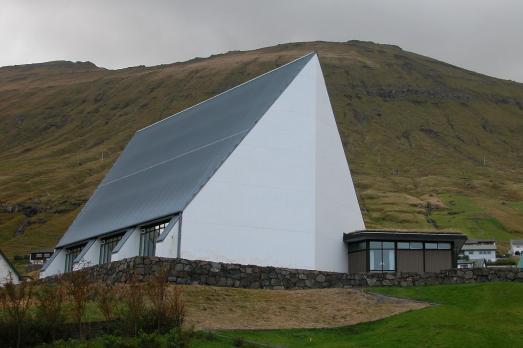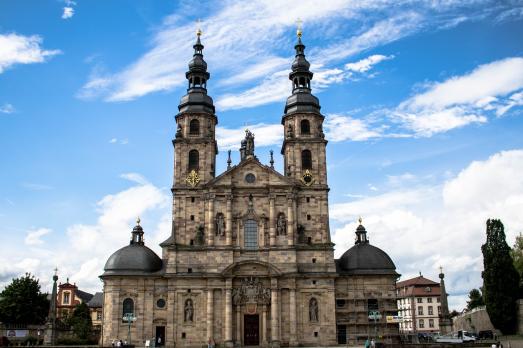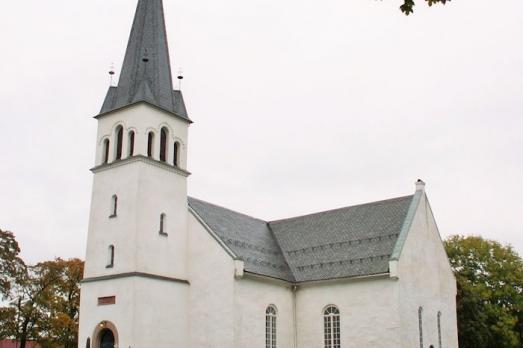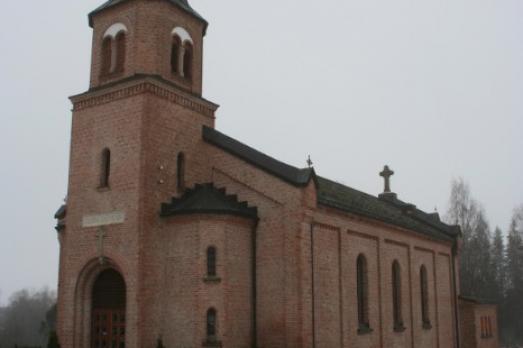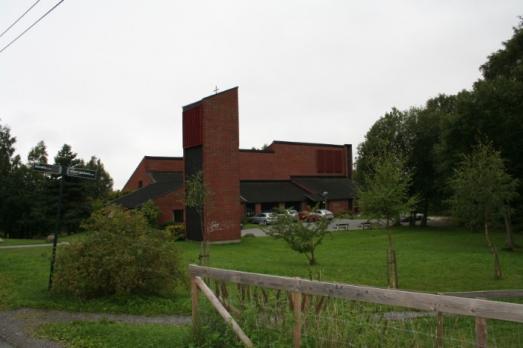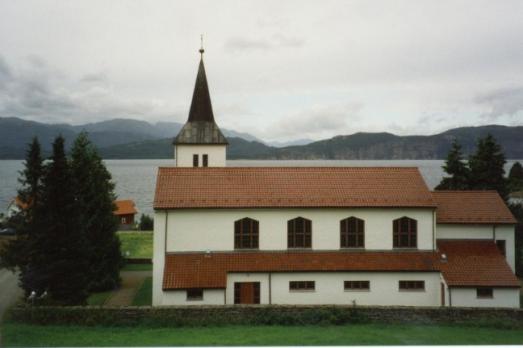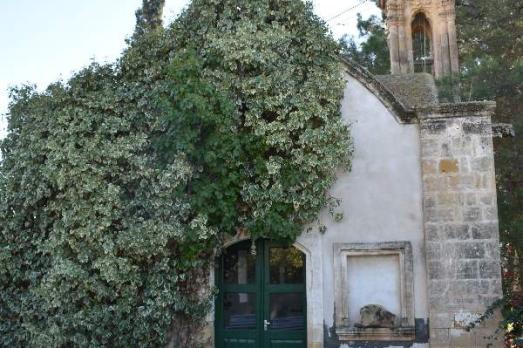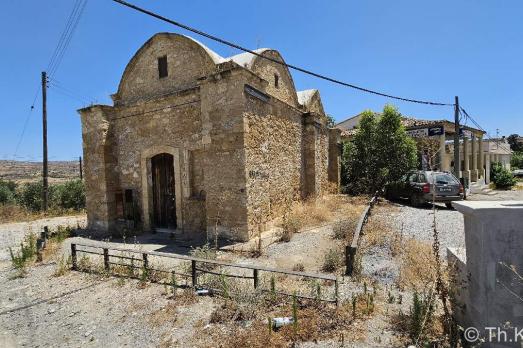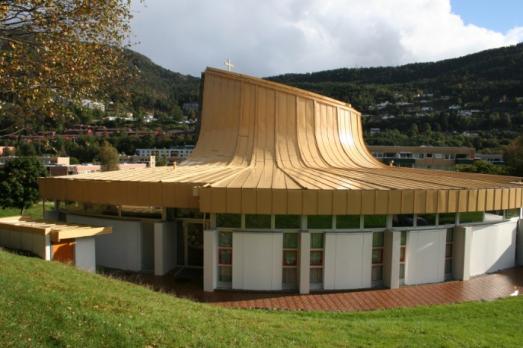
Frøyset Church
Masfjorden, NO
Frøyset church is a long church from 1937. Due to poor finances, the church organ was not installed until 1959. In 1969-70, the church building was extended from the sacristy with kitchen and hallway, as well as sanitary facilities in the basement.
